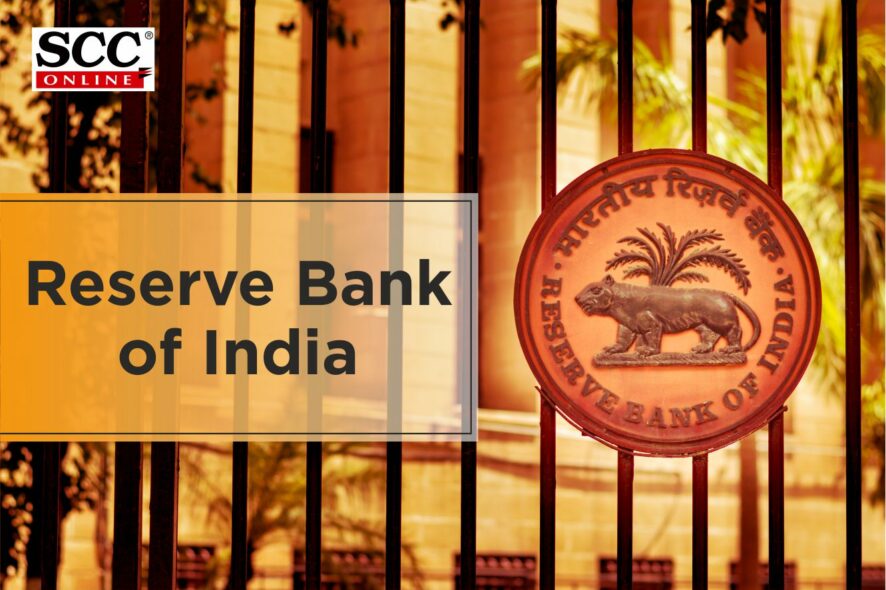The Reserve Bank of India has published a Statement on Developmental and Regulatory Policies vide press release dated December 8, 2021. The Statement sets out various developmental and regulatory policy measures relating to (i) regulation and supervision (ii) financial markets and (ii) payment and settlement systems.
Key Highlights:
- RBI has come to a decision that banks meeting the regulatory capital requirements may, with the approval of their Boards, infuse capital in their overseas branches and subsidiaries; retain profits in these centres; and repatriate/transfer profits therefrom, without prior approval of RBI, subject to post facto reporting. Currently, banks incorporated in India seek prior approval of RBI for infusing capital in their overseas branches and subsidiaries as well as for retention and repatriation/transfer of profits from these centres.
- A Discussion Paper on Review of Prudential Norms for Investment Portfolio of Banks shall be released on RBI’s website shortly for the purpose of reviewing and updating the prevalent norms.
- At present, the benchmark rate for Foreign Currency (FCY) External Commercial Borrowings (ECB)/Trade Credit (TC) is specified as 6-months LIBOR rate or any other 6-month interbank interest rate applicable to the currency of borrowing. In view of the imminent discontinuance of LIBOR, any widely accepted interbank rate or alternative reference rate (ARR) applicable to the currency of borrowing may be used as a benchmark, post discontinuation.
- To take into account differences in credit risk and term premia between LIBOR and the ARRs, for new foreign currency ECBs and TCs, it is proposed to revise the all-in-cost ceiling from 450 bps to 500 bps and from 250 bps to 300 bps, respectively, over the ARRs. To enable transition of existing ECBs and TCs linked to LIBOR, it is proposed to revise the all-in-cost ceiling from 450 bps to 550 bps and from 250 bps to 350 bps respectively, over the ARRs.
- RBI has simplified the Process Flow for Small Value Transactions over UPI. One of the initial objectives of UPI was to replace cash for low value transactions. Transaction data analysis shows that 50 per cent transactions through UPI were below ₹200, indicating its success. These low value transactions, however, utilise significant system capacity and resources, at times leading to customer inconvenience due to transaction failures because of issues related to connectivity. It is, therefore, proposed to offer a simpler process flow by enabling small value transactions through an “On-device” wallet in UPI app which will conserve banks’ system resources, without any change in the transaction experience for the user.
- A discussion paper on charges in payment systems shall be published within a month’s time on RBI’s website.
- RBI has been making efforts to facilitate greater participation of retail customers in financial markets, e.g., investment in the G-secs segment through the recent launch of Retail Direct Scheme, where UPI, in addition to other options such as internet banking, can be used to make payments for participating in both the primary and secondary markets. Over time, UPI has also become a popular payment option for Initial Public Offerings (IPOs) since its availability from January 01, 2019.
- In order to encourage the use of UPI by retail investors, it is proposed to enhance the transaction limit for payments through UPI for Retail Direct Scheme and IPO applications from ₹2 lakh to ₹5 lakh.







